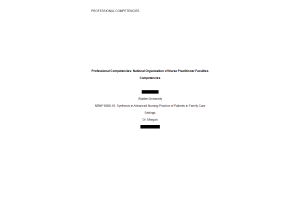NRNP 6568 Week 4 Comprehensive Practice Questions (All Correct)
- $29.00
- Question: One of the most common side effects of SSRIs is:
- Question: Joan is a 39 y/o female who presents to the clinic with a chief complaint of: 3-day history of fever (101 F degrees), chills, n & v, and flank pain. During the physical exam, the NP notices that Joan has CVA tenderness. In a urine check, the NP notes that she has many leukocytes, hematuria, WBC casts, and mild proteinuria. The most likely diagnosis is:
- Question: Randy is a 29 y/o African American male who has a body mass index (BMI) of 30, does not exercise, and has evidence of metabolic syndrome. The first line treatment for Randy’s diagnosis would be:
- Question: Pneumococcal vaccine is recommended for which of the following groups of patients?
- Question: Martin is a 73 y/o male who has a 50 pack/year history of smoking and comes to the clinic for his annual physical. As you are leading him back to the exam room you note that he has dyspnea with minimal cough, a barrel chest, and appears to have lost weight since his last visit. Your physical exam confirms a 20 lb. weight loss and more noticeable pursed lip breathing. Your diagnosis is:
- Question: Artie, a 36 y/o male, comes to the clinic with chief complaint of: intermittent flank one side flank pain. The pain is an 8 on a scale of 1–10, with 10 being the worst pain he has ever felt. He states the pain lasts from 20–60 minutes and that he must either stand or walk when the pain hits. He also notes that he has blood in his urine. His most likely diagnosis is:
- Question: Which of the following insulins is a “rapid acting” insulin?
- Question: Drew is a 13 y/o male who presents to the clinic with testicular pain, nausea, vomiting, scrotal edema, and redness. You perform a urine analysis, which is negative. What is your most likely treatment plan?
- Question: John is 17 y/o and decides to marry his high school sweetheart. Under what condition(s) would he be declared an “emancipated minor?”
- Question: Agnes is a 26 y/o female who comes to the clinic with intermittent episodes of moderate to severe cramping in the LLQ. She has bloating that is relieved with
- Question: At 12 weeks in a pregnancy the fundal height of the uterus should be:
- Question: Sara is a 38 y/o multipara who is in her 6th–7th month of pregnancy with her fourth child. She has a new onset of vaginal bleeding that is worsened by intercourse. On external physical exam, you note that her uterus is soft and non-tender to palpation. The most likely diagnosis for this condition is:
- Question: Maria is a 26 y/o female in her third trimester of pregnancy. She has a sudden onset of vaginal bleeding and has a hypertonic uterus. She has a history of hypertension secondary to previous cocaine use. Her most likely diagnosis would be:
- Question: Which vaccine is required at birth of a newborn?
- Question: Mary is going through puberty at 13 y/o and notices that her areola/nipples separate and form a secondary mound. This is what state in Tanner?
- Question: Bacterial vaginosis has all the following signs/symptoms except:
- Question: Agnes is a 26 y/o female who comes to the clinic with intermittent episodes of moderate to severe cramping in the LLQ. She has bloating that is relieved with defecation. Treatment of Agnes’s condition would include which of the following:
- Question: Zollinger-Ellison syndrome causes high levels of acid production in the stomach.
- Question: Hyperprolactinemia can be a sign of pituitary adenoma.
- Question: A pregnant women who has gestational diabetes mellitus (GDM) in the second trimester has which type of diabetes?
- Question: Sal is a 56 y/o male who the NP has seen on many occasions in the clinic. During her physical exam of the heart, the NP notices that he has a new mitral regurgitation murmur that is described as a Grade II. She notes that his murmur is associated with which part of the cardiac cycle?
- Question: Randy is a 29 y/o African American male who has a body mass index (BMI) of 30, does not exercise, and has evidence of metabolic syndrome. His most likely diagnosis is:
- Question: The diagnosis of a subclinical hypothyroidism would be identified by which lab test results?
- Question: Once cervical cancer screening is initiated in women, the screening interval should be:
- Question: Which of the following vaccines are contraindicated in pregnancy?
- Question: Oscar is a 41 y/o male who presents to the clinic with onset of fever, n&v, with a rapid onset of pain that radiates to the midback, epigastric region. On physical exam, you notice guarding over epigastric area and a positive Cullen’s and Grey-Turner’s
- Question: When testing an infant for developmental dysplasia of the hip, which of the following tests could be used?
- Question: Martin is a 17y/o male who comes to the clinic with the following chief complaint: “I have pain around my belly button and have had no appetite for the past 24 hours. I have had some nausea and have vomited three times. I have had a low-grade fever also.” During the clinical exam, the NP notices that Martin has some guarding and rebound tenderness in the RLQ. The most likely diagnosis for this patient is:
- Question: Kyle is a 68 y/o male who comes to the clinic for his annual checkup. His chief complaint is that for the past couple of weeks he has had severe, sharp, excruciating pain in his abdomen, flank, and back. During the physical exam, the NP notices that on palpation of the abdomen she feels a palpable mass that is greater than 3 cm in width. This could potentially be:
- Question: In pulsus paradoxus, even if the pulse cannot be palpated, it can still be heard by using a BP cuff and stethoscope.
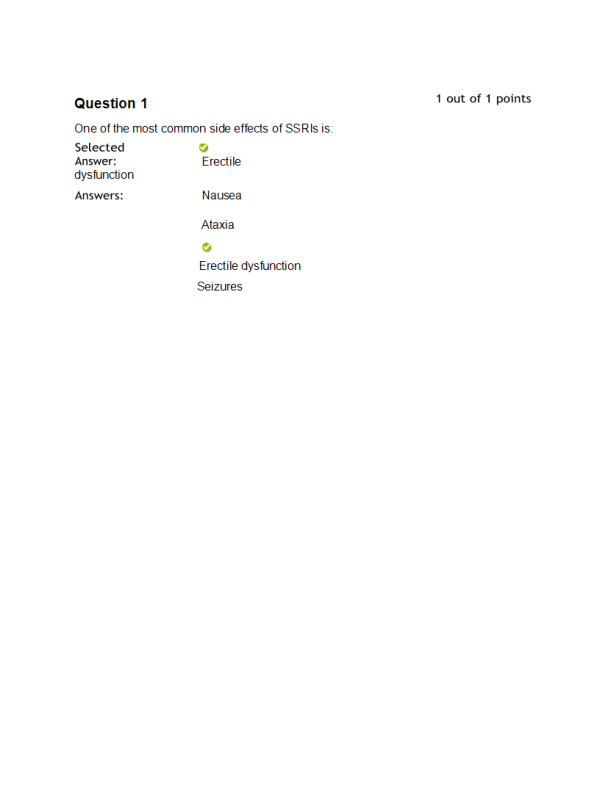
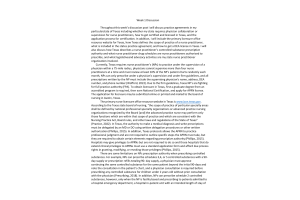
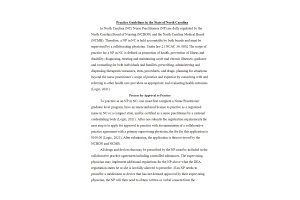
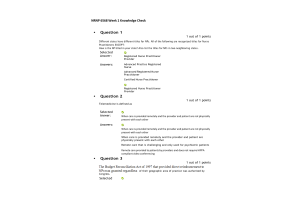
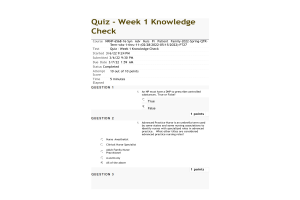
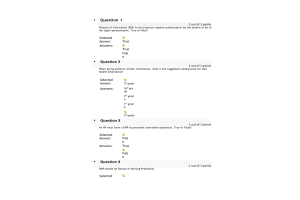
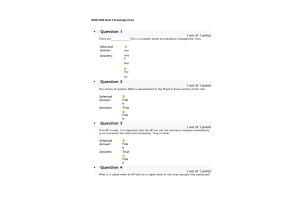
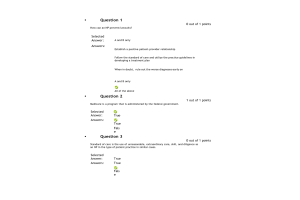
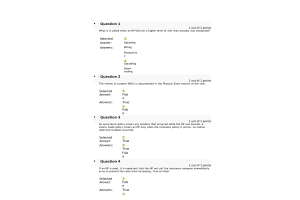


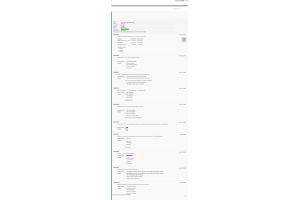
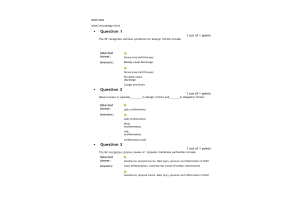
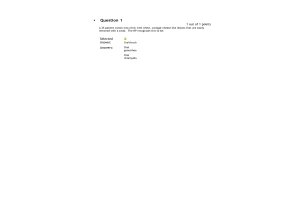
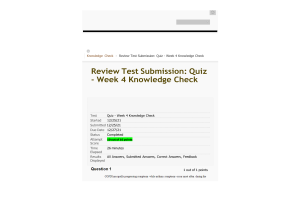
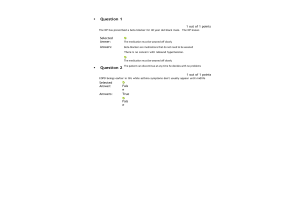
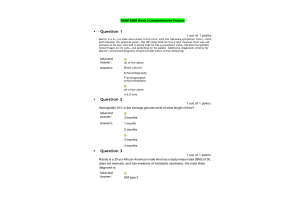
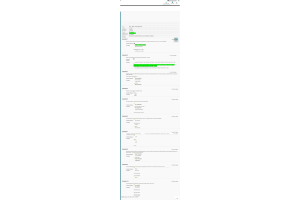
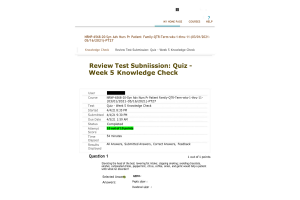
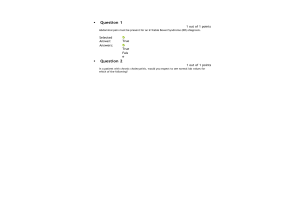
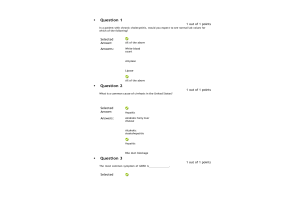
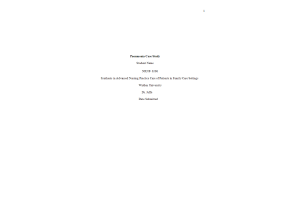
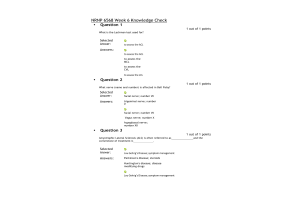
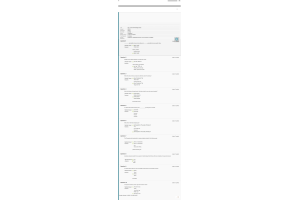
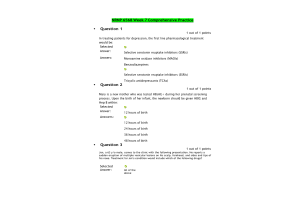
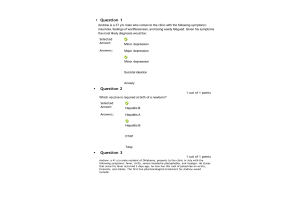
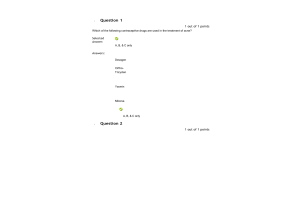
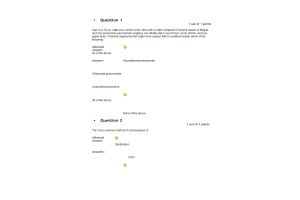
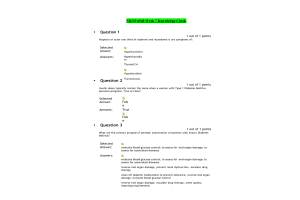
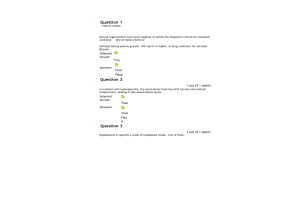
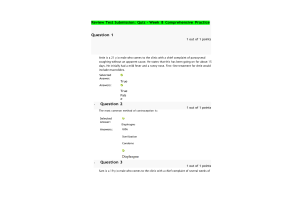
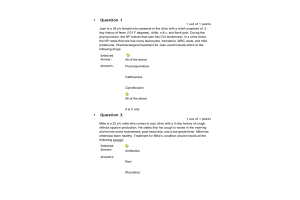
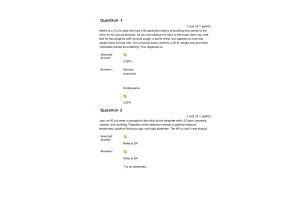
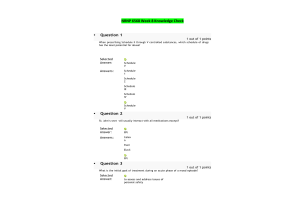
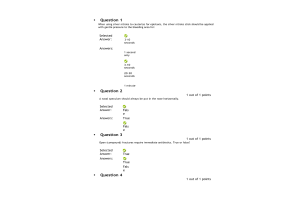
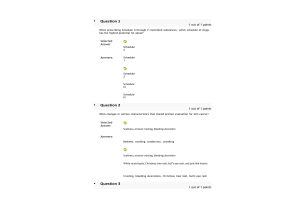
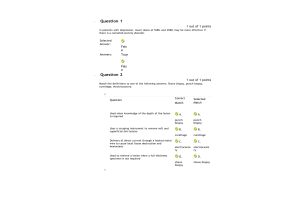


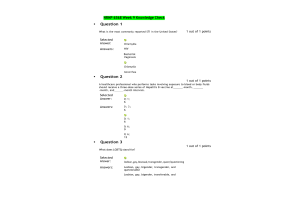
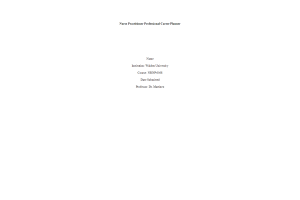
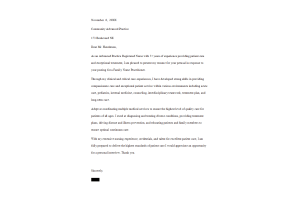
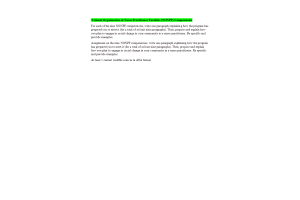



-300x200.png)


